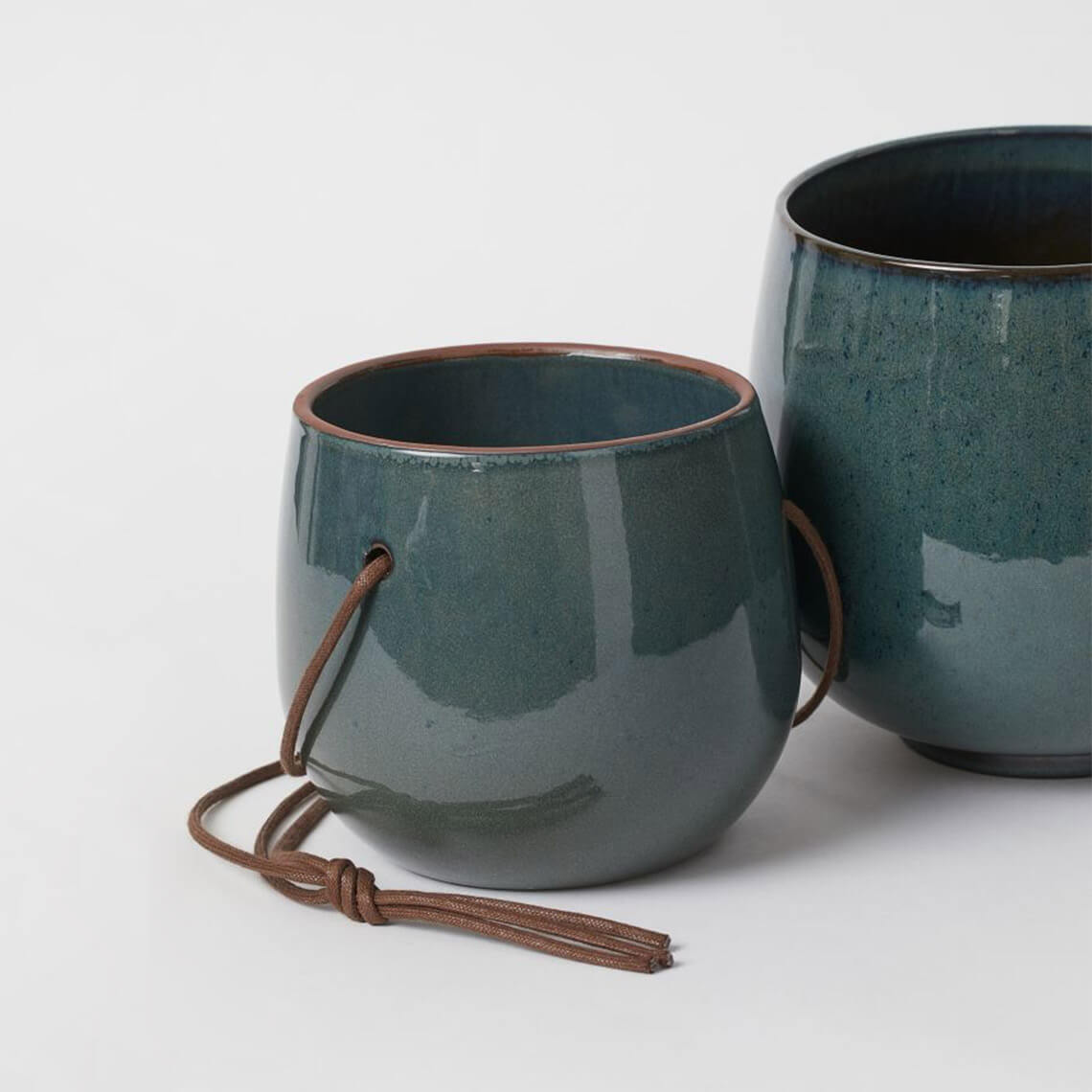Ceramic is an inorganic, non-metallic solid material that is prepared by the action of heat and subsequent cooling. It may be either crystalline or amorphous in nature. Ceramics are generally brittle and hard but can also be strong and tough depending on their microstructure. The word “ceramic” is derived from the Greek word κεραμικός (keramikos), meaning “of pottery” or “for pottery”.
Ceramics are used in a wide variety of applications due to their unique set of properties. These include electrical, thermal, optical, chemical resistance and mechanical strength. Common examples of ceramics include glass, porcelain, bricks, refractory materials and Portland cement. In general, ceramics exhibit high melting points and are good conductor of heat although there are some exceptions such as graphite which has a low melting point and silicon carbide which is an excellent conductor of heat.
The first recorded use of ceramic dates back to 25000 BC when early humans used clay to make simple figurines known as Venus figurines. By 10000 BC, firing techniques were developed which led to the production of pottery vessels for storage and transportation purposes. Early civilizations such as the Egyptians, Greeks and Romans made significant use of ceramics in architecture & engineering applications such as tiles, pipes & drainage systems and sculptures & decorative items.
During the Middle Ages (5th – 15th centuries AD), production of ceramics declined due to political & economic instability although certain luxury items continued to be produced during this period. This included Islamic glazed tiles which were used extensively in religious buildings such as mosques throughout the Muslim world. With the Renaissance (15th – 16th centuries AD) came increased interest in science & technology leading to renewed interest in ceramic production particularly for technical applications such as roofing tiles & sanitaryware rather than purely decorative items.
The industrial revolution (18th – 19th centuries AD) saw further advances in ceramic production with mass manufacture becoming possible thanks to new manufacturing processes & raw materials becoming readily available following discoveries made during colonial expansion e.g., kaolin deposits in Cornwall (UK) & fiery red clay deposits near Sevilla (Spain). This period also saw significant advances made in our understanding of the science behind ceramic materials with notable contributions coming from scientists such as Michèle Chevreul whose work on colloidal solutions paved the way for modern glaze formulations used today


